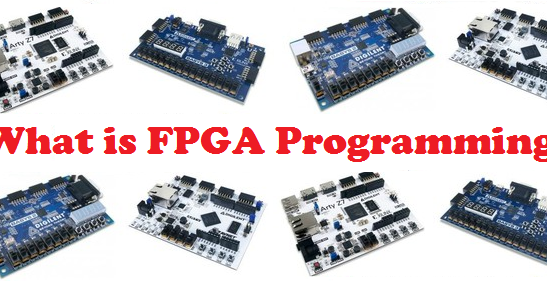How to Program an FPGA Tutorial
You might be wondering, “How do I program an FPGA?” After all, it’s not easy to do. So if you’re not familiar with Xilinx Vivado and LabVIEW, then this article is for you. This tutorial will explain the basics of the ARM Cortex-A9 processor and its use in FPGA programming. But before we get into that, let’s talk about what the Bitstream file is.
Xilinx ISE Design Suite WebPACK Edition
Before you start programming with Xilinx ISE Design Suite, you should download the latest version from the Xilinx website. This download includes the newest ISE WebPACK license and the Generate Node-Locked license. Once you have the license file, you should start installing ISE. During the installation process, the software will copy the license file to the ISE folder. After the download is complete, close the software.
If you already have the ISE Design Suite WebPACK edition, you can upgrade your version to any of the Xilinx ISE Design Suite editions. You can download a copy from the Xilinx Online Store, which is released under proprietary license. Note that this download is not freeware and should not be redistributed without the permission of the Xilinx organization. To install the latest version of ISE Design Suite WebPACK, follow the instructions below.
Xilinx Vivado
Using the Vivado FPGA tutorial can help you build complex designs that use the programmable gate arrays (PPGAs). This software has been developed with the growing FPGAs in mind. It has a global data structure which allows you to trace back critical path signals. This tool also comes with a step-by-step tutorial. You can learn how to build FPGA designs in as little as a day.
Getting started with Vivado is easy and quick. First, you must connect the Vivado Hardware Server to the hardware you are going to use. You can connect your hardware to Vivado in two ways, either automatically or manually. The first method requires you to manually open the hardware. In that case, you can open the Open Hardware Target wizard. Click the “Open Hardware Target Wizard” button on the Hardware Manager or Flow Navigator. The next step is to name your project. This is because Vivado will use the name for your project when it generates the folder structure for your project.
LabVIEW
If you’re new to programming FPGAs, it’s time to learn the basics of the graphical language LabVIEW. This powerful graphical programming language was developed by National Instruments and has a variety of roles, including graphics, simulation, and test equipment management. While programming FPGAs can be a challenging task, it is not impossible and requires just a few add-ons to get you started.
In this tutorial, you’ll learn how to program the FPGA on the on-board Xilinx chip in the NI myRIO embedded development device. It will also cover the basics of FPGA interfacing, including how to implement a FIFO, and import 3rd party code. You’ll be able to design a variety of simple applications using the FPGA.
ARM Cortex-A9 processor
This ARM Cortex-A9 processor focuses on the design of a single-precision floating-point chip, which is the heart of many modern mobile and embedded devices. The ARM Cortex-A9 FPU is an improved version of the previous generation’s FPU, offering twice the Floating-Point performance. Applications in 3D imaging, scientific computation, and rich graphics can significantly benefit from this new chip.
The tutorial is divided into subdirectories for each board, which are identical. In the case of the Embedded Development Kit board, you will find both VHDL and Verilog projects in the Tutorial_Files subdirectory. In the corresponding subdirectories, you’ll find source files for the tutorial. These are grouped by board type, and they’re arranged according to the board type.
Nios II soft processor
To learn how to program Nios II soft processor, you should first get acquainted with the hardware. The Nios II soft processor has an embedded peripheral core and SOPC peripherals. The Nios II software development toolkit (SDK) provides extensive documentation on developing Nios II processor-based software applications. To get started, download the Nios II SDK from the NIOS II website and install it on your computer.
The Nios II hardware features an FPGA-based memory management unit. The memory management unit (MMU) is responsible for memory protection and virtual memory. This module supports memory management in operating systems. Nios II/f has two versions, a slower one and a faster one. Each variant has a different implementation of Nios instructions. Fortunately, the software development kit can support both Nios II designs.
Arduino MKR Vidor 4000
Before you start programming your Vidor, you should have an idea about the hardware you will be using. The Vidor board has eight digital pins, which can be HIGH or LOW. When high, these pins receive 5V. When low, they receive 0V. You can program these pins using Arduino’s guide to FPGA HDL. Then you can write your code to send commands to the Vidor.
To start programming, open the Arduino IDE and select the sketchbook location. Once you have selected the sketchbook location, you can close the Arduino IDE. Go to the library folder and locate the replay_mkrvidor4000 file. Then, repeat the steps described above. The Vidor board will then display your new sketch. If you have any problems, you can try running it again.

